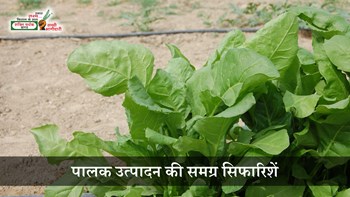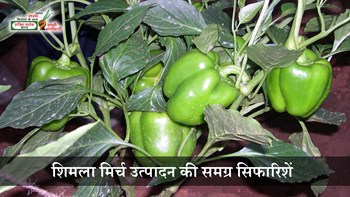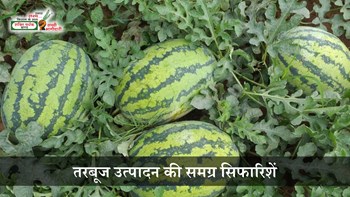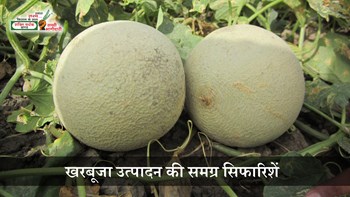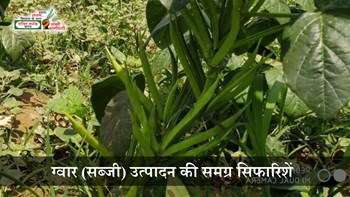- Requirements for Cultivation -
Ridge gourd and sponge gourd both thrive in warm conditions and need well-drained soil for the best growth. They grow best in loamy or sandy-loam soil with a pH between 6.0 and 7.5. These plants require plenty of sunlight and regular watering, particularly during the flowering and fruiting phases.
Ridge gourd has a shorter growing period of about 90 to 100 days, whereas sponge gourd takes around 100 to 120 days to reach maturity. This shorter cycle for ridge gourd enables farmers to harvest earlier and possibly cultivate multiple crops each year, boosting their overall profits.
- Productivity Differences -
Ridge gourd typically yields about 12–15 tons per hectare, while sponge gourd produces around 10–13 tons per hectare. Ridge gourd bears fruit more often and in greater quantities than sponge gourd. Because it fruits quickly, ridge gourd can be more advantageous for farmers looking for a steady and higher yield during the growing season.
- Pest and Disease Resistance -
Ridge gourd and sponge gourd are both vulnerable to common pests such as fruit borers, aphids, and powdery mildew. However, ridge gourd is usually seen as more robust and needs fewer chemical treatments. In contrast, sponge gourd plants are a bit more susceptible to fungal infections, especially in the rainy season, which can result in reduced yields and increased maintenance expenses.
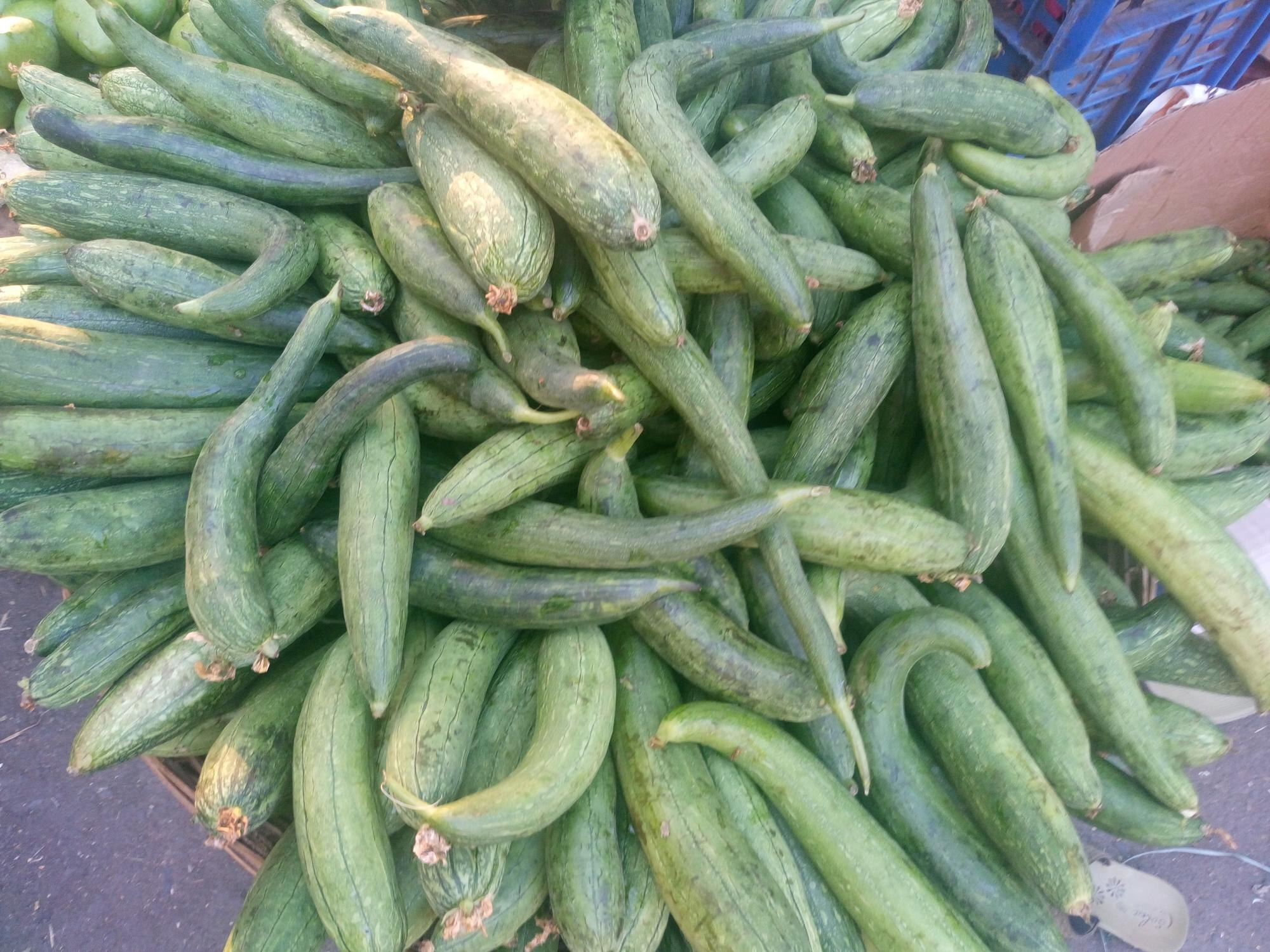
- Transportation and Storage requirements -
Fresh vegetables don't last long, so it's important to store and transport them properly and as soon as they are harvested. Ridge gourd spoils quickly and needs to be sold soon after harvest to avoid waste, which can cause price changes in the market. Fortunately, ridge gourd is always in high demand, so it usually sells well.
Sponge gourd also has storage issues when sold fresh. However, if it's grown for loofah production, the dried loofahs last longer and are easier to store and transport. This gives farmers more options for when to sell and the chance to get better prices in niche markets.
- Market Demand and Price Trends -
Market demand is crucial for determining profitability. Ridge gourd is a common vegetable in many homes, especially in Asian countries like India, Bangladesh, and Sri Lanka. It is frequently used in everyday cooking, leading to high demand and stable sales.
In contrast, sponge gourd serves two purposes. When picked young, it is eaten as a vegetable, but mature sponge gourds are turned into natural loofahs, which are sought after for skincare and cleaning. However, the demand for sponge gourd as a vegetable is not as strong as that for ridge gourd. Additionally, the market for sponge gourd loofahs is specialized and may not offer the same reliable income as farming ridge gourd.
- Profitability Comparison - Which is more Profitable?
Ridge gourd stands out as a better option for small and medium-sized farmers when looking at overall profitability. It grows faster, produces more, and has a steady demand in the market, which helps ensure a reliable income. Additionally, it has a lower chance of pest problems and requires less post-harvest work, making it easier to manage.
On the other hand, sponge gourd has a specific market for loofahs but may not guarantee steady profits unless farmers have reliable buyers for the processed products. It needs more processing and takes longer to grow, which can impact profitability, particularly for those focused on selling fresh vegetables instead of processed goods.

